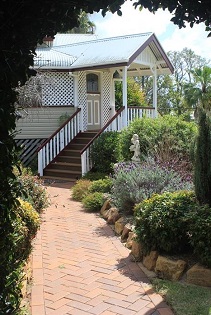 Interested in Building Gardens?
Interested in Building Gardens?
Want to be a landscape gardener?
Then this is the course for you!
Landscape gardeners do the physical work of constructing a garden. Through this course you can develop knowledge and skills that are in demand in this industry and for a career as a landscape gardener.